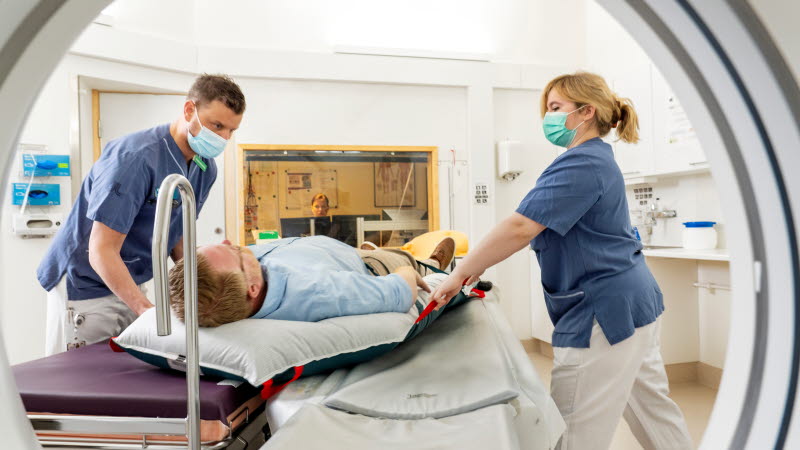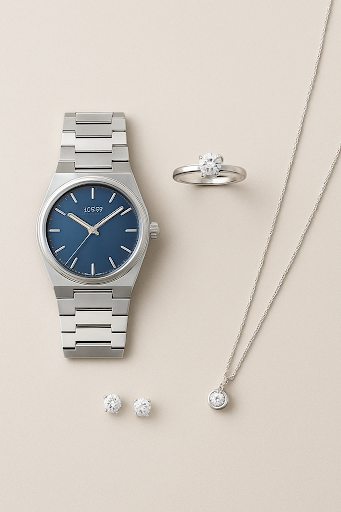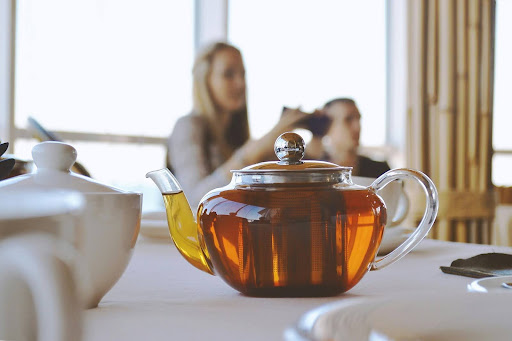If you spend enough time in hospitals or aged care homes, you start noticing the little things. Not the dramatic stuff—alarms going off, urgent footsteps in corridors—but the quiet acts. A nurse guiding someone into a chair. A carer shifts a frail man in bed with practiced ease. A moment of stillness before movement. That’s patient handling.
And while the phrase sounds clinical, it’s really about something much deeper: how we move people without stripping away comfort. Or worse—their dignity.
Not Just “Lifting”
Here’s a common myth: patient handling is all about muscle. That you just pick someone up and carry them across the room. If only it were that simple.
What’s happening is closer to choreography. Weight shifts. Angles. Timing. The carer protects their own back while making sure the patient feels safe, not like they’re about to topple over. And sometimes it’s knowing when not to move someone until the right equipment or extra hands are there.
The body is fragile. The trust between patient and carer is even more so. Handling is about protecting both.
The Dignity Thread
Imagine being in a hospital bed, unable to turn over on your own. You rely on someone else for even the smallest movement. That’s not just physical—it’s emotional—vulnerability in its purest form.
Now picture two versions of that moment. One where the carer is rushed, silent, maybe a little rough. And another where they pause, explain what’s happening, and adjust slowly, asking, “Is this comfortable?” The task is the same, but the outcome couldn’t be more different.
Patient handling isn’t just about safety. It’s about dignity. About making sure people don’t feel like objects being shifted from A to B.
Why It Matters More Than Ever
Australia’s healthcare system is changing fast. The aged care sector is expanding. Disability support services are in higher demand. Hospitals are fuller, busier. Which means patient handling isn’t some minor skill—it’s at the core of daily care.
And here’s the tough truth: when it’s done poorly, the effects spread. A patient gets hurt. A worker strains their back. Stress rises on the floor. And it doesn’t stop there—these injuries and frustrations ripple through the system, affecting staffing, morale, and even the quality of care.
Done well, though? It feels invisible. Effortless. Like watching a dance you didn’t realise had been rehearsed a hundred times before.
Tools Of The Trade
Modern care isn’t about brute strength. It’s about working smart. Hoists, slide sheets, adjustable beds—these tools aren’t extras, they’re lifelines.
But equipment alone doesn’t solve the problem. Training does. A hoist in the hands of someone untrained can feel terrifying. In the hands of someone confident, it feels like reassurance: “We’re safe. We’ve got this.” That’s the difference between fear and calm.
The Hidden Ripple
Here’s something most people outside healthcare don’t think about: the mood of a room changes when patient handling is done right.
A patient feels safer, so they stop apologizing for “being a burden.” A nurse finishes their shift without an aching back, meaning they have energy to give again tomorrow. Multiply that across a ward or an aged care home, and suddenly the environment feels lighter. Kinder. Less tense.
It’s not just about movement. It’s about atmosphere.
Snapshots From Real Life
Talk to carers and you’ll hear it. The older woman who laughed in relief after being transferred with gentleness instead of fear. The new nurse, who learned the hard way—lifting without training—and spent weeks nursing a back injury. The veteran worker who swears by patience over speed because, as she puts it, “The body doesn’t like to be rushed.”
These aren’t just stories. They’re proof that patient handling shapes the culture of care as much as any medicine or policy.
More Than A Task
In healthcare, people often celebrate the “big saves”—surgeries, recoveries, breakthroughs. But the truth is, most care is made up of smaller, quieter moments. Moving someone into a chair and helping them walk those first few steps after surgery and repositioning them to ease pressure on their skin.
These are the everyday acts that don’t make headlines. Yet they build the foundation of trust between patient and carer. They’re not tasks. They’re touchpoints of humanity.
Wrapping It Up—Messy, Like Care Itself.
Patient handling from CHS Healthcare may never trend on social media. It doesn’t come with dramatic music or TV scripts. But it’s one of the most human things that happens inside hospitals and care homes every day. It’s the small movements that carry huge meaning.
Because in the end, it’s not about how strong the worker is. It’s about how safe the patient feels. How respected. How seen. And that’s the quiet art—moving bodies, yes, but protecting dignity at the very same time.









